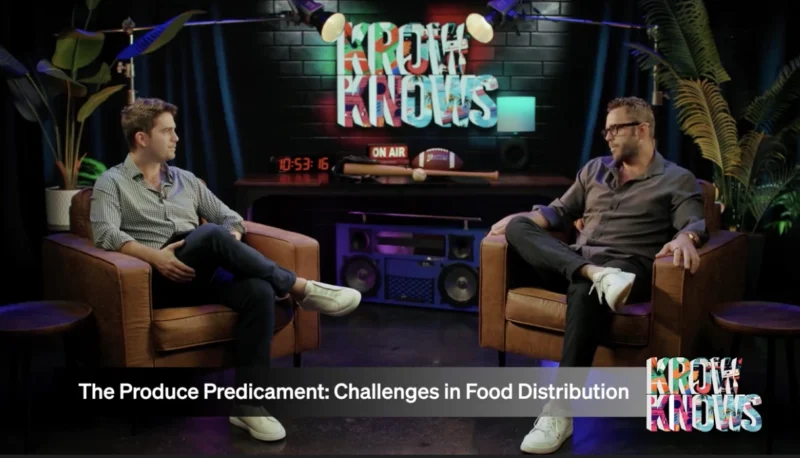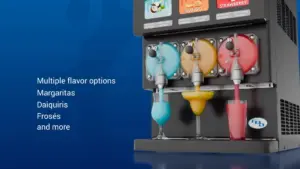Getting the Attention of Customers with Effective Grab-and-Go Options
The COVID-19 pandemic caused a lot of disruption, but it also caused a lot of innovation. Now, convenience stores and quick service restaurants chose to adapt or potentially go out of business.
Now that the world sees some light at the end of the tunnel, what can these businesses do to snag their customers’ market share and keep up with changing consumer desires?
Let’s take a look at a few ideas to help these stores excel and grow in a post-COVID, on-the-go future.
Online and Curbside Pickup
This is probably one of the most adopted solutions, already, and if stores aren’t doing it, they should be.
Consumers are probably going to expect it. Last year, as the pandemic surged, online orders for pickup jumped 208% between April 1 and April 20, 2020, according to a study by Adobe Analytics. Further, online sales jumped nearly 50% between March and April of last year.
As stores fully open, customers will still expect online ordering and convenience and the comfort of pickup. It has made life easier for many people to swing by the store or restaurant with their orders already prepared.
With people returning to stores, however, they’ll also look for ease of use. Grab-and-go items are going to be huge, as will the foodservice solutions, like the SandenVendo Hot Food Display Case, that enable it. Customers won’t have to wait in line or be surrounded by others, as they can pop in, grab their stuff and go. A great quick item will be chilled wine, stored in Refrigerated Showcase solutions, as customers are more likely to buy if it’s already chilled.
Contactless payments are also another option to help customers navigate in-person shopping easily. Apple Pay might be the most popular, but, as more consumers use their smartphones and watches’ full capabilities, it will become more prevalent. Self-checkouts and kiosks are also on the list of things consumers want, as they will minimize their face-to-face contact with workers.
Home Delivery
This is another no-brainer. Customers of retail and restaurants are finding it convenient to have their goods safely placed at their doors.
According to a study by Technomic, 86% of consumers use third-party apps at least once a month. So, QSR and C-Store owners should pay close attention. While some stores are looking to build their own infrastructure and hire drivers, most are going with the prominent players, such as DoorDash, UberEats or GrubHub.
There are plenty of options out there, and stores should be taking full advantage.
Consumer-Focused, Innovative Technology
Another quick, convenient option is to have customers not go into a store at all. Instead, they walk up to a vending machine, order their food or snack, pay with a contactless method, and then be on their way.
The SandenVendo V21i is a 21st-century solution to vending machines. A touch screen allows users to have a more interactive experience. There is no need for cash or credit with a contactless payment option, and a multi-cart system will enable users to buy more than one item during a single transaction.
For vending operators, the screen allows for advertisements, which helps create a secondary revenue stream. The screen promotes promotions. Built-in inventory management means no disappointed customers or lost sales.
This same self-serve approach can be achieved with Hot Food Displays, which open via both front and back doors to make self-service simple.
Contact SandenVendo today to learn more about their solutions and what they can do for your bottom line.
Follow us on social media for the latest updates in B2B!
Twitter – @MarketScale
Facebook – facebook.com/marketscale
LinkedIn – linkedin.com/company/marketscale









